How to measure customer satisfaction and keep your customers happy

Customer Support Manager - Tier 1
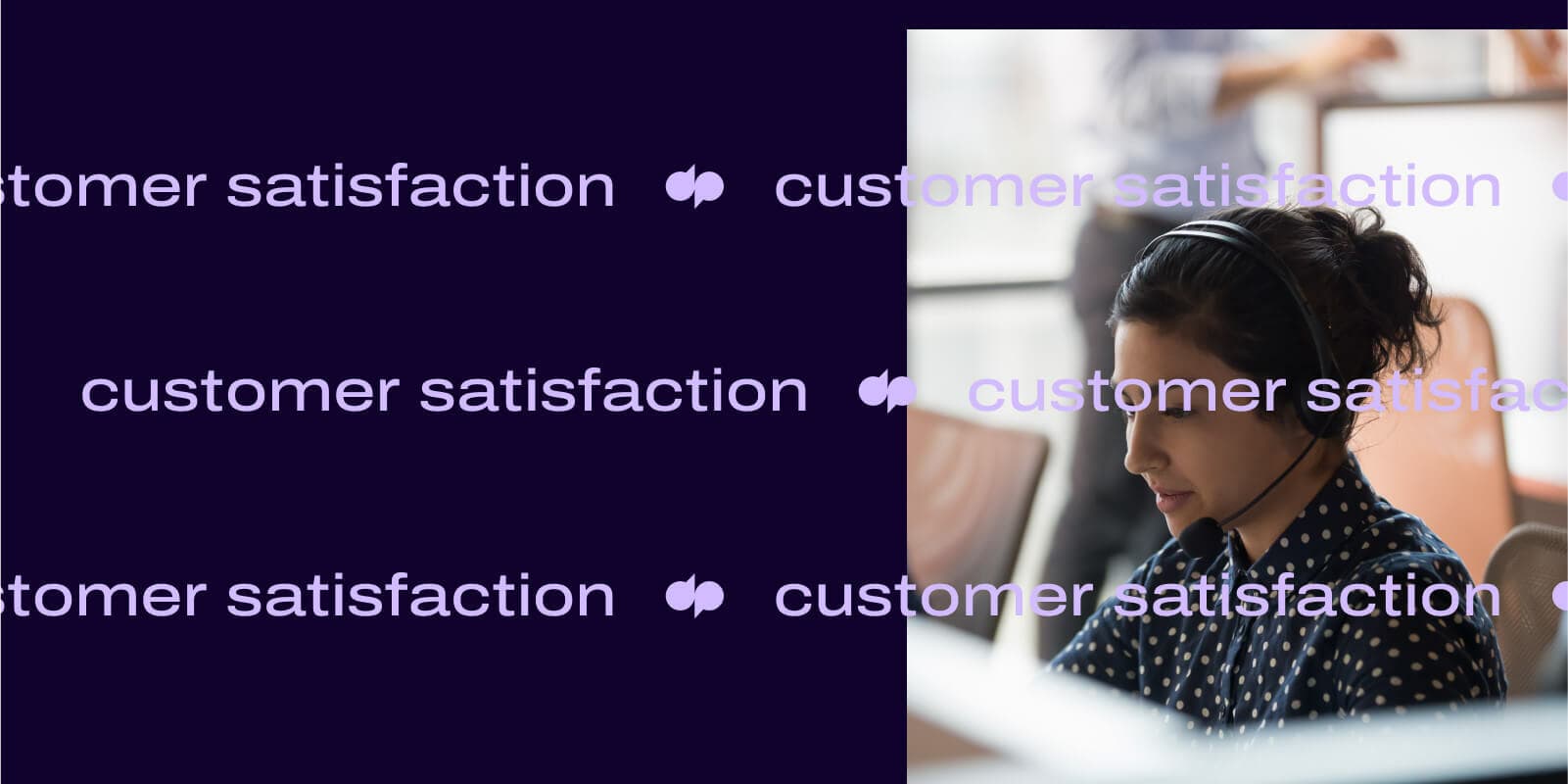
Tags
Share
No business would argue that keeping your customers happy is important. But ask them how they’re measuring that, and... You’ll get some pretty varied answers. Sometimes, I even get “I don’t know” as an answer.
Obviously, that’s not great. Having a pulse on whether your customers are complaining or not is decent, sure, but it doesn’t give you any truly useful data that you can use to systematically improve your customer experience over time.
In this guide, I’m going to show you that besides CSAT (customer satisfaction) scores, there are a few other key performance indicators that you can use to gauge how satisfied customers are with your products or services.
And this is important, because if you’re able to keep a close eye on customer satisfaction, it also helps you control other metrics like customer churn rate and more importantly, achieve sustainable business growth and improve your bottom line.
So, keep reading to learn about how to measure customer satisfaction and five other important metrics. But first, let’s look at something that many people overlook: what not to do.
Mistakes to avoid when measuring customer satisfaction
Ignoring negative customer satisfaction scores
No one likes getting low CSAT scores, and you’d be surprised at how many companies go through the trouble of collecting CSAT responses and then... Doing nothing with them.
I don’t know if it’s because they feel discouraged or just don’t know where to start (both understandable), but it’s essential that you take those customer insights and use them to improve!
It’s also a CSAT best practice to build a positive feedback loop with your customers. If you’ve made some changes based on customer feedback to improve the experience for them, that’s a very good reason to send an email to your list (and don’t forget to share on social media). It builds goodwill and customer loyalty, and shows that you’re truly listening and making good use of their feedback.
Not looking at qualitative feedback
Quantitative questions are the most common way to measure customer satisfaction. For instance, “On a scale of 1-5, how satisfied were you with your most recent interaction with us or our product/service?”
CSAT scores are a great form of quantitative feedback. But it’s equally important to get qualitative feedback too. Numbers don’t tell the whole story, and it’s helpful to know why customers gave you the scores they did.
There’s a pretty easy way to do this—we use Dialpad’s cloud contact center solution, which has a built-in CSAT survey feature, to create a survey in just a few clicks. We can then also include an additional open-ended question as a follow-up after a customer has given us a score:

This way, we can get the “what” and the “why.”
Dialpad’s AI can also transcribe our calls in real time, which is also helpful because we can search these transcripts afterward to gain even more qualitative feedback:
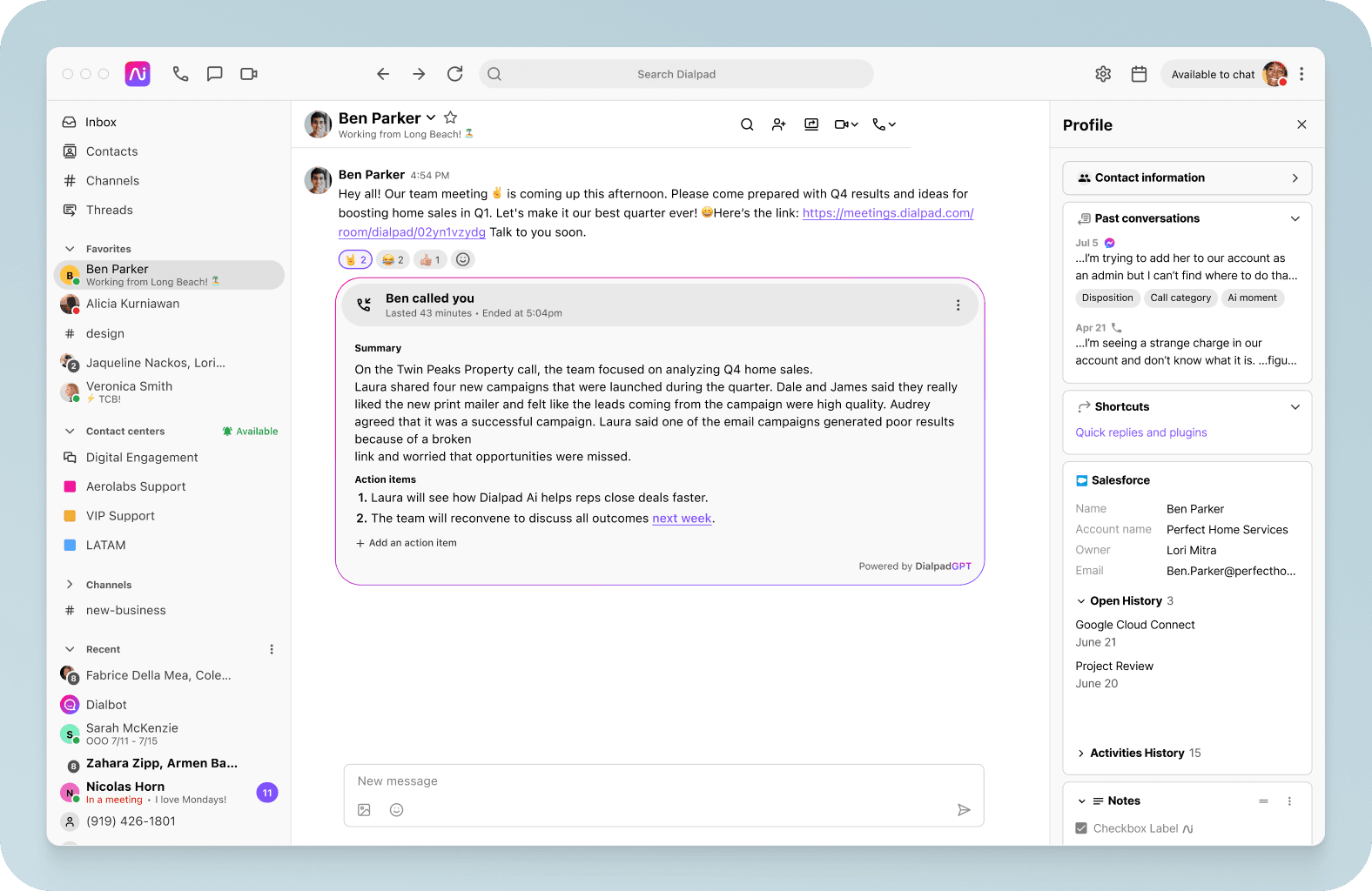
The conversations you’re already having every day are one of the most valuable sources of customer intelligence you have. Don’t waste them!
Not communicating customer satisfaction feedback to product teams
Finally, customer feedback isn’t just useful for you as a Customer Support team—it’s also hugely beneficial for Product and Engineering teams (whoever is building the product, app, etc. that your business is selling).
You might think your product meets customer expectations, but unless you ask directly, you won’t know for sure. At worst, you’re losing customers who don’t think they’re getting what they paid for—and at best, you’re missing out on potential revenue and upsells because you didn’t know that a subsection of your customer base really wants a certain feature or product that your Product team never thought of.
That’s why it’s so important to keep them in the loop.
One way to do this is to have a team channel or messaging thread where you can easily ping teammates or other departments when things come up. We can do this in Dialpad, and what’s neat is that there’s also a Discord-like temporary chat room feature, where we can get on a quick voice call with other people in a team chat to clarify things when a formal meeting isn’t necessary:
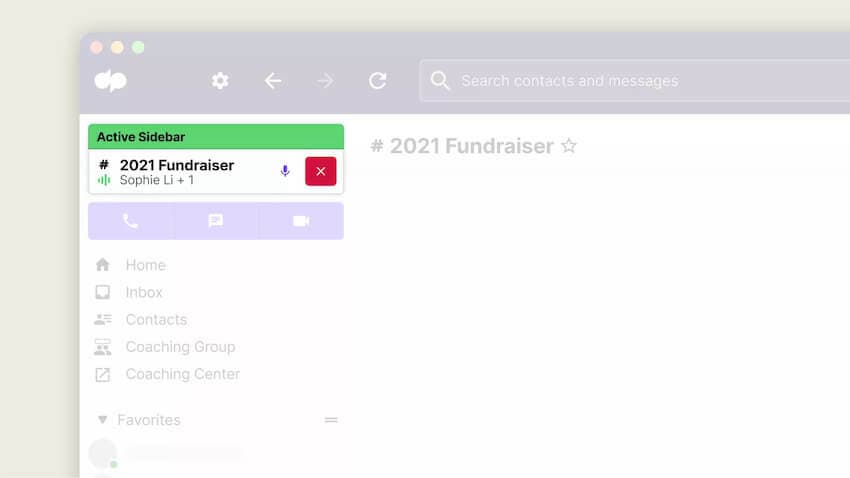
How to calculate your CSAT score
Let’s take a look at how to calculate customer satisfaction. It’s pretty easy. To calculate your CSAT score, you’ll just need to gather the responses from your customer satisfaction survey. Most CSAT surveys ask customers to rate their experience on a scale, like:
On a scale of 1 to 5, how satisfied were you with your customer service experience today?
1 = Very Unsatisfied
2 = Unsatisfied
3 = Neutral
4 = Satisfied
5 = Very Satisfied
(Other CSAT surveys even use visual representations to measure satisfaction. You’d just correspond each icon or emoji to a score of 1 to 5, for instance.)
Based on the results, you can calculate your CSAT score using this CSAT calculation formula:
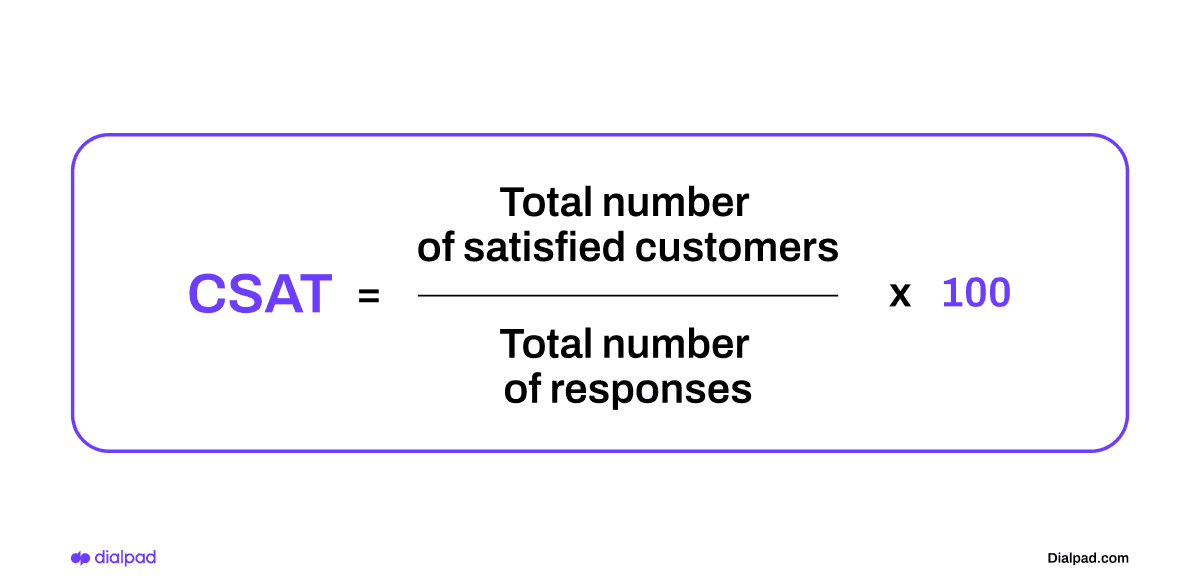
As an example, let’s say you surveyed 1,000 customers and got the following results:
Score: | Number of responses: |
1 | 13 |
2 | 56 |
3 | 45 |
4 | 649 |
5 | 237 |
To calculate CSAT, divide the number of customers who scored 4 or 5 (886) by the total number of responses (1,000) and multiply that by 100. This gives you a CSAT score of 88.6%. Not bad!
CSAT scores range from 0 to 100. Industry benchmarks vary pretty widely, but a score above 75% is generally considered good.
One of the biggest challenges with CSAT scores, though, is that response rates tend to be very low.
In fact (depending on the industry and specific business of course), we've found that on average only about 5% of customers actually fill out CSAT surveys. On a related note, usually only the angriest—and happiest—customers actually bother responding, which means your CSAT answers are likely to be very skewed and not representative of how your customers feel overall.
Dialpad's industry-first Ai CSAT feature is designed to solve exactly that. Not only can our Ai transcribe calls and analyze sentiment in real time, it can also infer CSAT scores for 100% of your customer calls thanks to its hyper-accurate transcription feature. The result? A much more representative sample size for CSAT scores, and a more accurate understanding of how satisfied your customers really are:
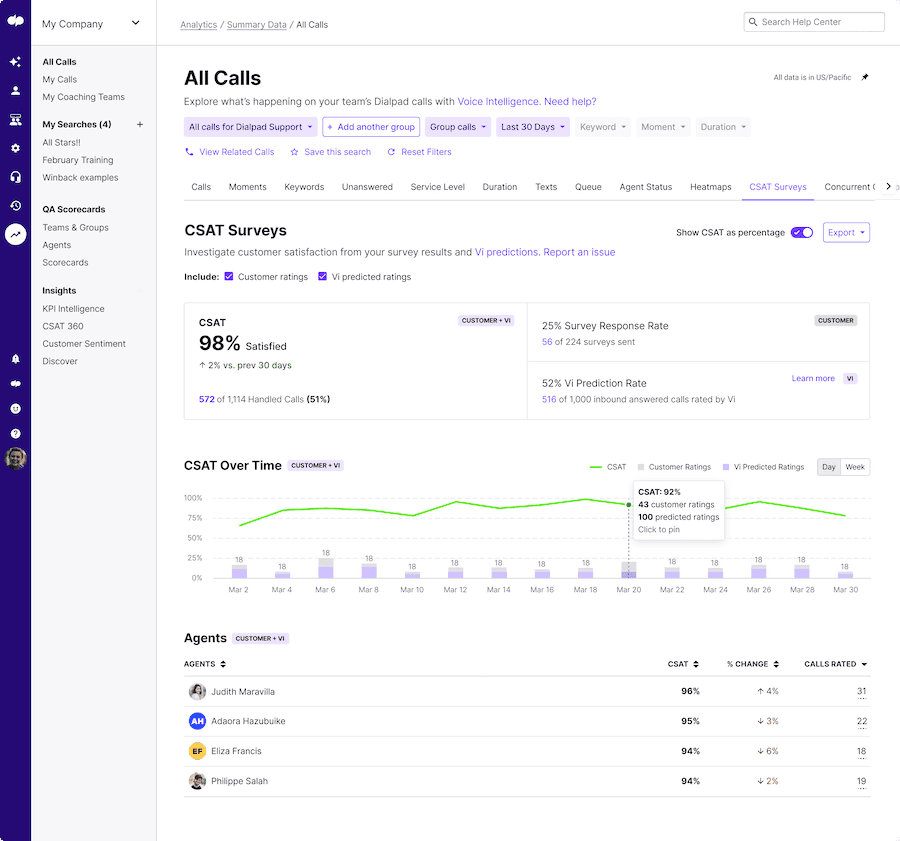
5 other useful customer satisfaction metrics
There are many ways of measuring customer satisfaction. You could use different types of surveys or data from your contact center platform. Not every business needs to measure all of these metrics I’ve listed below—the thing to keep in mind is that you should never look at only a single metric in isolation because you’ll risk losing important context.
For instance, say you had a high customer satisfaction score, but your call abandon rate was also high. What would that tell you? (Hint: Your agents might be doing a great job at solving issues and providing a good experience, but a ton of customers are likely coming away upset because they never managed to get through to someone.)
Abandon rate
Call abandon rate may not be one of the most obvious factors of customer service, but it’s a good complementary metric that’ll tell you more about how smooth your customer journey is.
If a large number of customers are abandoning calls or messages, that’s a sign that there’s a problem, likely that they’re waiting on hold too long and giving up. Not a good customer experience.
To reduce abandon rate and just improve overall satisfaction, look at different call routing and self-service options that can help deflect calls to other solutions—often, simple questions can be resolved with a well-placed chatbot!
Net promoter score (NPS)
Net promoter score (NPS) is a very popular metric for measuring customer satisfaction levels. Specifically, it helps you extrapolate how likely satisfied customers are to promote or recommend your brand to their networks.
To find your NPS, you’d typically run an NPS survey asking customers to rate the probability of recommending your brand on a scale of 0 to 10. You’ll then divide all your respondents into detractors (those who scored you 0 to 6), passives (7 or 8), and promoters (9 or 10).
To calculate your net promoter score, use this formula:
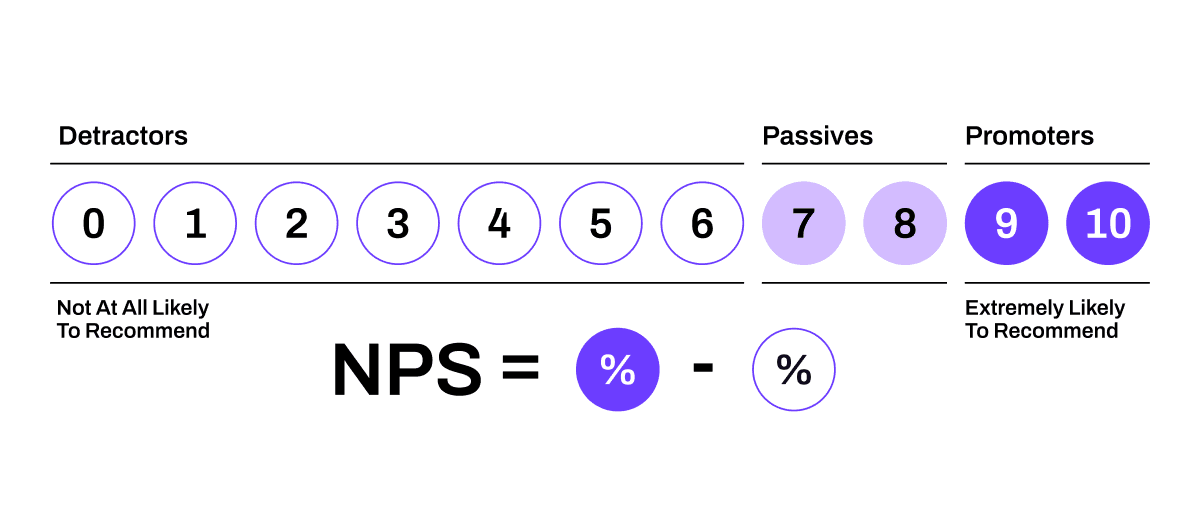
NPS scores are between -100 and +100, and the higher the score, the more likely it is your customers will recommend you. It’s useful because it doesn’t just measure how loyal customers are, but also helps you estimate how likely they are to bring in new customers for you. (Like an extension of your sales or marketing team!)
Customer effort score (CES)
Customer effort score (CES) is another important CSAT metric that helps you track customer satisfaction levels by evaluating how much effort your customer has to put in to achieve a task. For instance, if a customer has a really tough time getting a refund, that CES would be quite high. To measure your CES score, you can send out a CES survey and use this formula:
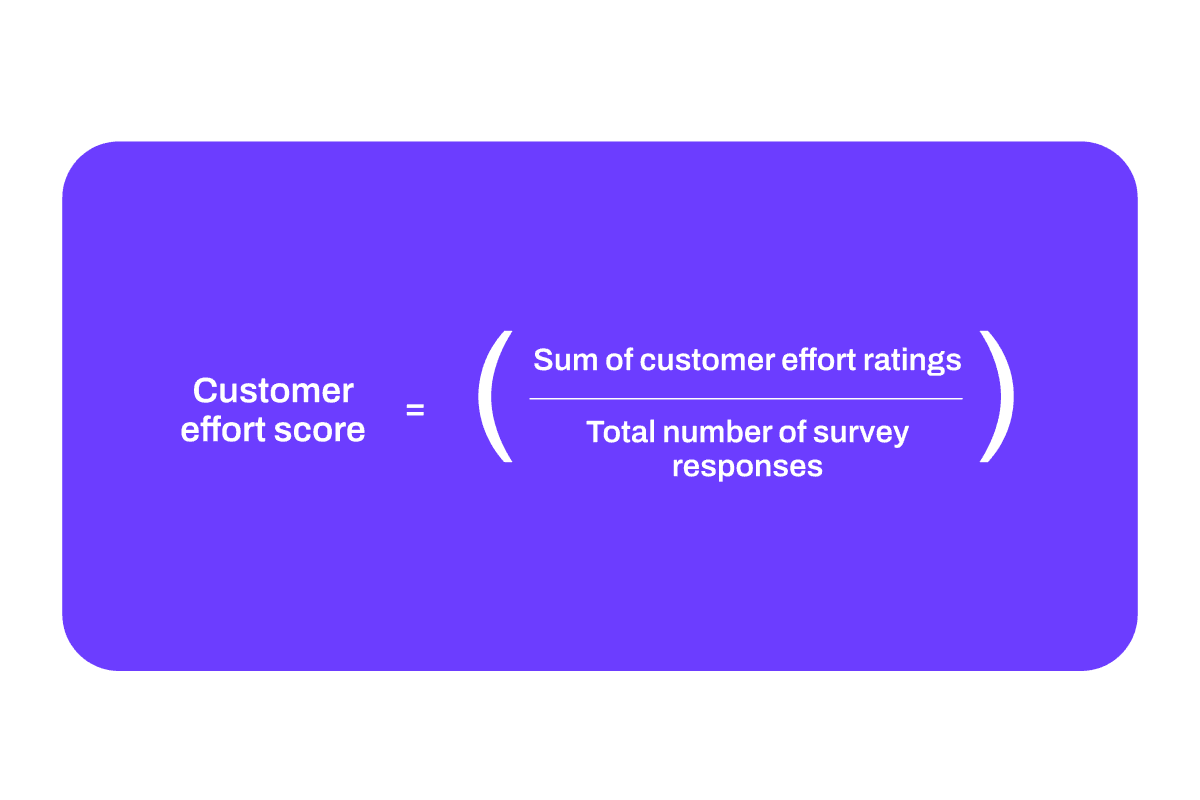
The easier it is for customers to complete a task, the happier they’ll be. If your CES is high, you should review your processes to find and address potential pain points.
👉 Dialpad tip:
A great way to achieve a low effort score is to look at the major steps in your customer journey and evaluate how easy it is for customers to do those particular tasks (e.g. getting a refund, making a purchase on your website, and so on).
Average speed to answer (ASA)
Average speed to answer (ASA) measures how long it takes your customer support team to answer customer calls. While it isn’t a direct measure of customer satisfaction, hold time affects CSAT scores, so it’s well worth monitoring.
With Dialpad’s built-in analytics functionality, we don’t have to do any calculations to know our average speed to answer—there’s a heat map that shows us!
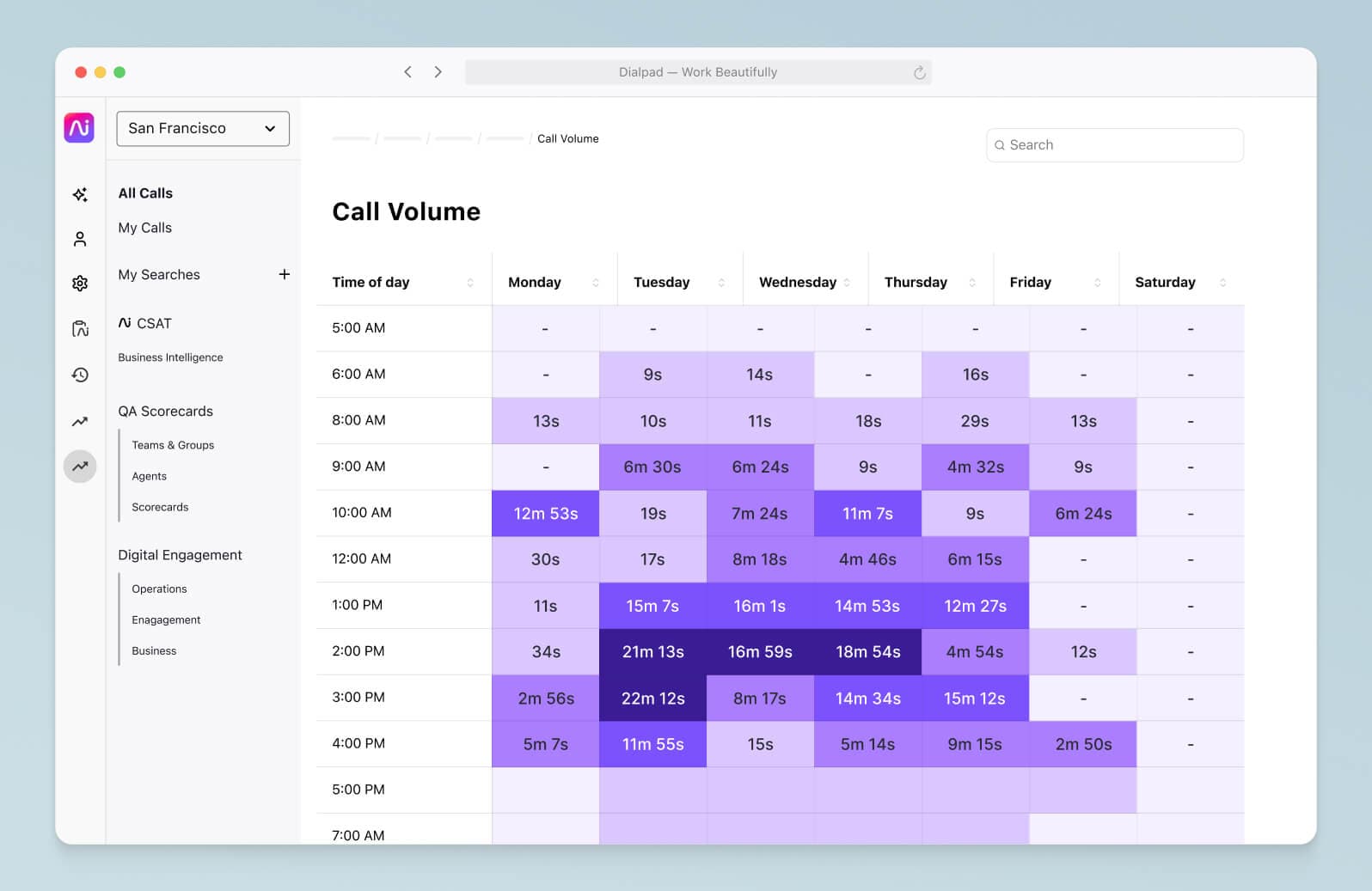
It’s great for optimizing staff levels and helping us spot problem areas so we can staff more agents if needed.
Service level agreements (SLA)
Service level agreements (SLA) define the level of service your customers can expect. SLA may not be an obvious customer satisfaction measurement, but if you’re not meeting your SLAs, you’ll likely have dissatisfied customers, and tracking it keeps your team accountable.
In some industries, service providers might even be liable to fines if they don’t meet their SLAs. It can be tricky to track SLA adherence, but this is another area where software can help.
In Dialpad, we can set up service level alerts to notify supervisors if, for instance, customer calls aren’t answered in a certain time frame:
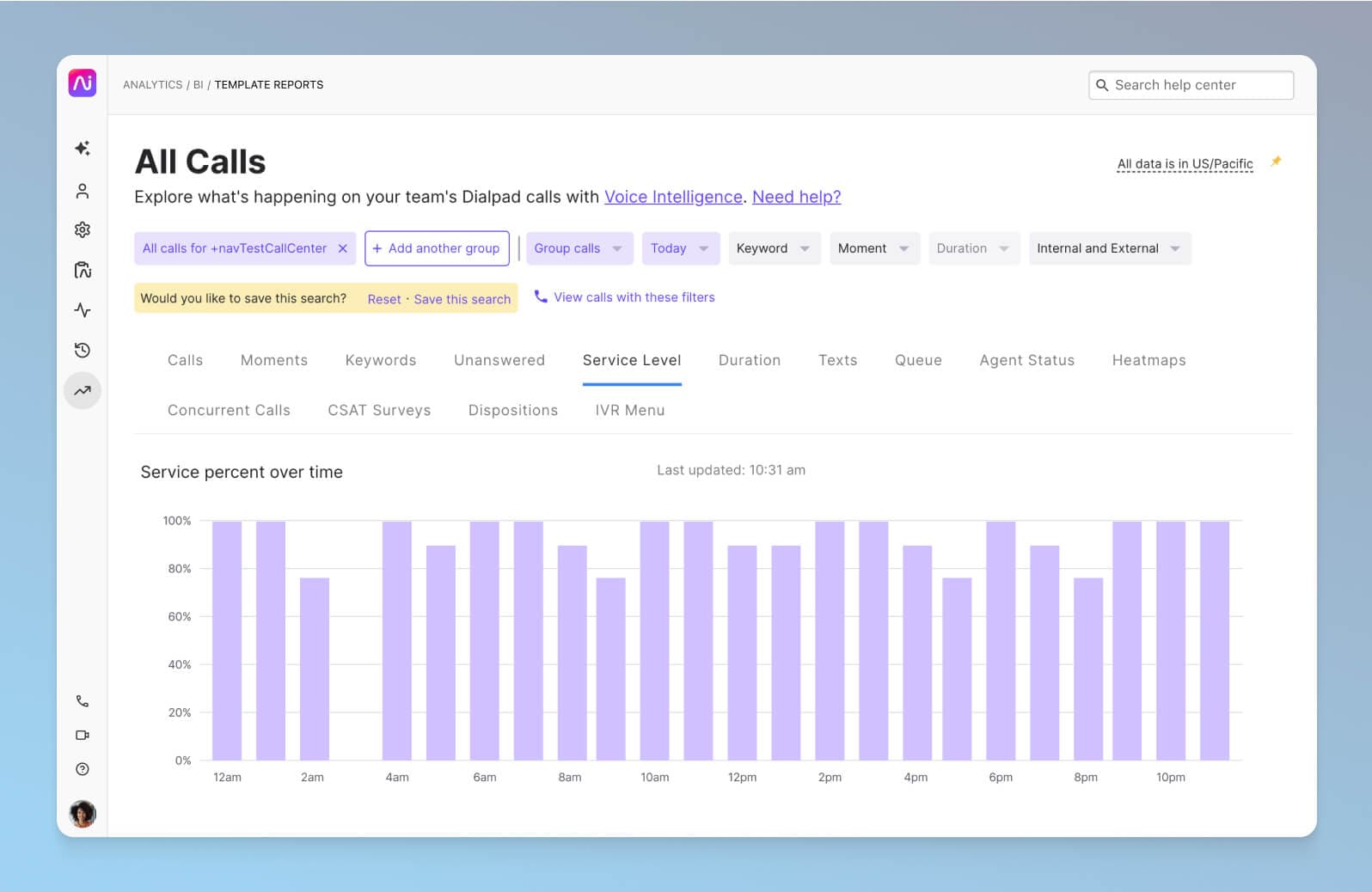
5 steps to measure and monitor customer satisfaction
1. Identify your business goals
Goals help you align your team and understand what you need to track. You can use whatever goal-setting method you want (the SMART, or Specific, Measurable, Achievable, Relevant, Time-bound method is a good one), but this will help drive the tactics you use to measure customer satisfaction.
For instance, you might have a goal of “improving customer retention” or “providing world-class customer support”. But what does that actually look like? A better alternative would be “improving customer retention by 15% in the next year” or “I want to provide world-class customer support, whereby our CSAT score stays above 90% for one year.”
Being customer oriented is good, but you need to have specific and measurable goals too to guide your agents and supervisors along.
2. Determine the KPIs you’ll use to measure customer satisfaction
Now, you need to narrow things down to the right metrics or KPIs (Key Performance Indicators).
Take our previous example of providing world-class customer support as a goal.
We’ll probably use CSAT or NPS to get an overall picture of customer satisfaction here. Tracking our SLAs, too, will help us make sure we’re delivering the level of service we promised.
Again, remember that it’s important to understand what’s going on behind these numbers too. That’s why it’s so important to include qualitative follow-up survey questions as well!
3. Determine the ideal survey trigger timing
Survey timing is another crucial aspect of CSAT measurement. Most people understand that you should survey your customers right after an interaction with you while it’s fresh in their memory.
But I’ve also seen companies jump the gun and send a survey email right after I bought something... To ask me what I think of the product. I haven’t even had a chance to try it out at this point, so in this case, it would’ve been better to wait a while longer to send the survey email.
Every situation is different—always consider those nuances when you ask for customer feedback.
4. Use transcripts / call recordings to pinpoint topic areas for improvement
I mentioned the importance of qualitative feedback earlier, and the best way to get this type of data is through call recordings and transcriptions from your customer calls.
This gives you more context behind things like customer sentiment and CSAT survey scores, and more importantly, helps you understand why your customer experience is performing well (or not so well). Dialpad is great because it lets us record calls while staying compliant (very important for contact centers), and automatically sends us recap emails with a searchable transcript and recording after a call.
This lets us zero in on topics that might be challenging for agents—which we can then track in Dialpad by creating “Custom Moments.” Say I’ve been hearing that we’re getting lots of questions about pricing. We can create a Custom Moment to track every time “price” or “pricing” is said on a call:
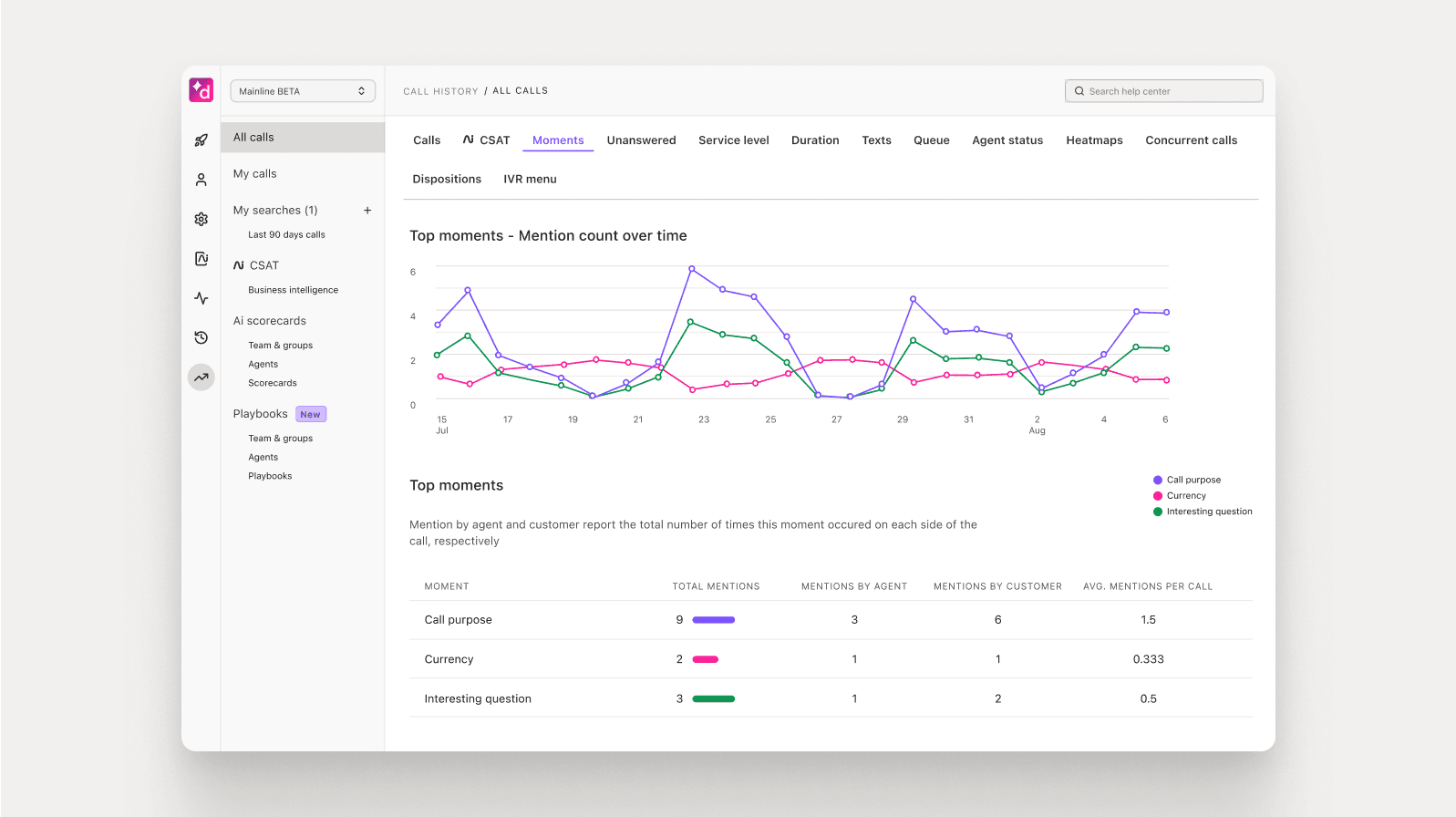
If we do notice any anomalies, we can dig into those transcripts and recordings to understand where we can improve training or update employee onboarding materials.
5. Examine, adjust, repeat
The final step is to have a set cadence of examining your customer service analytics and adjusting your processes.
Whether you’re noticing an uptick in unhappy customers or happy customers, these are all opportunities to review every stage of your customer experience and see where you can tighten things up.
Measuring customer satisfaction alone isn’t enough—you have to apply those insights and use them to improve, on a regular recurring basis.
Which customer satisfaction measurements are you using?
If you’re measuring customer satisfaction, that’s a great first step. But you have to have a process in place to share and use that feedback.
With the right contact center technology, you can improve your CSAT scores, NPS, and many other key metrics—without a ton of extra effort. See how our own agents and supervisors use Dialpad’s cloud contact center platform to keep customers happy!
Improve customer satisfaction with Dialpad Support
See how Dialpad's contact center platform is designed to help agents and supervisors improve CSAT scores and provide a better experience overall. Or, take a self-guided interactive tour of the app on your own first!
